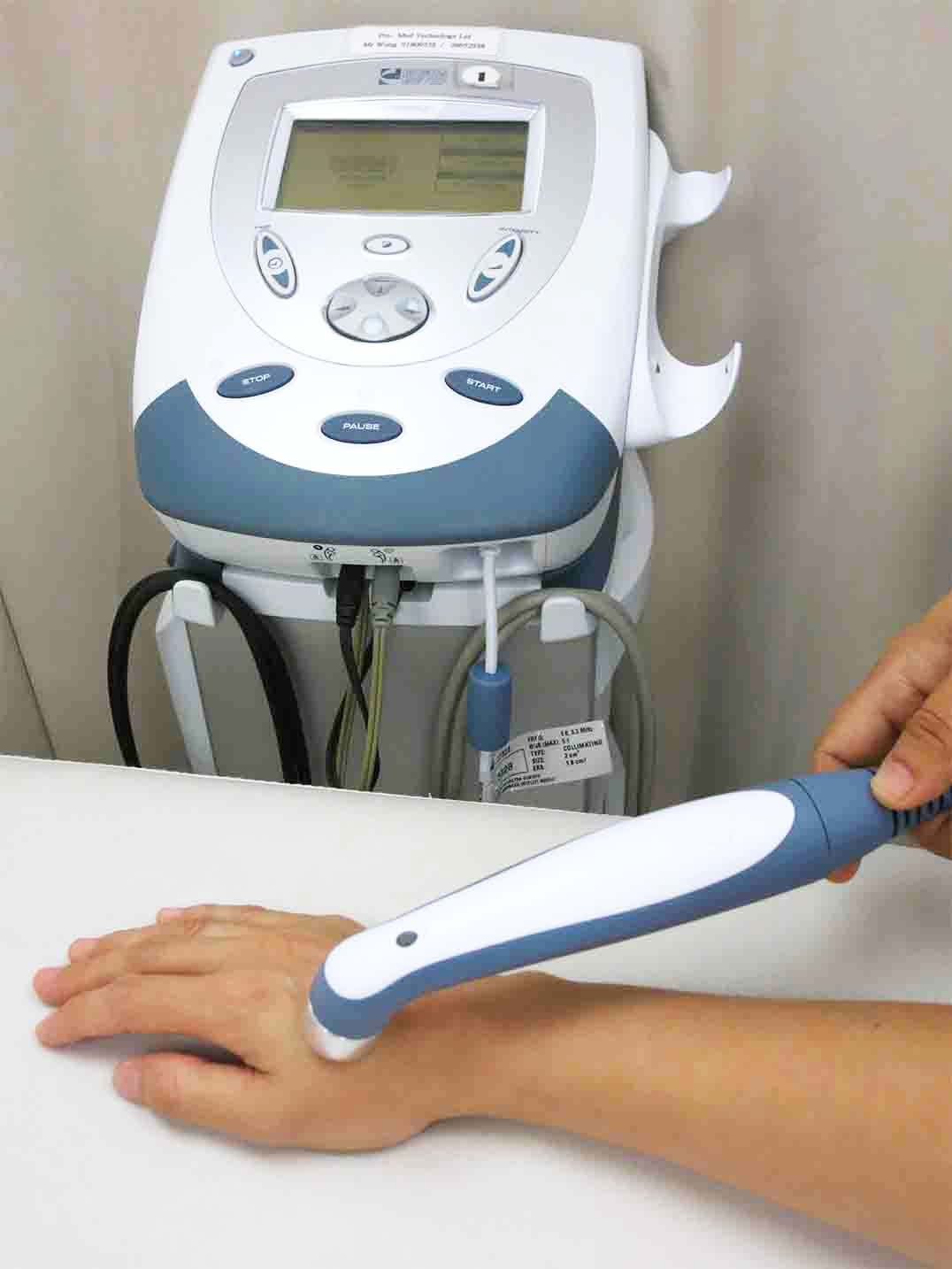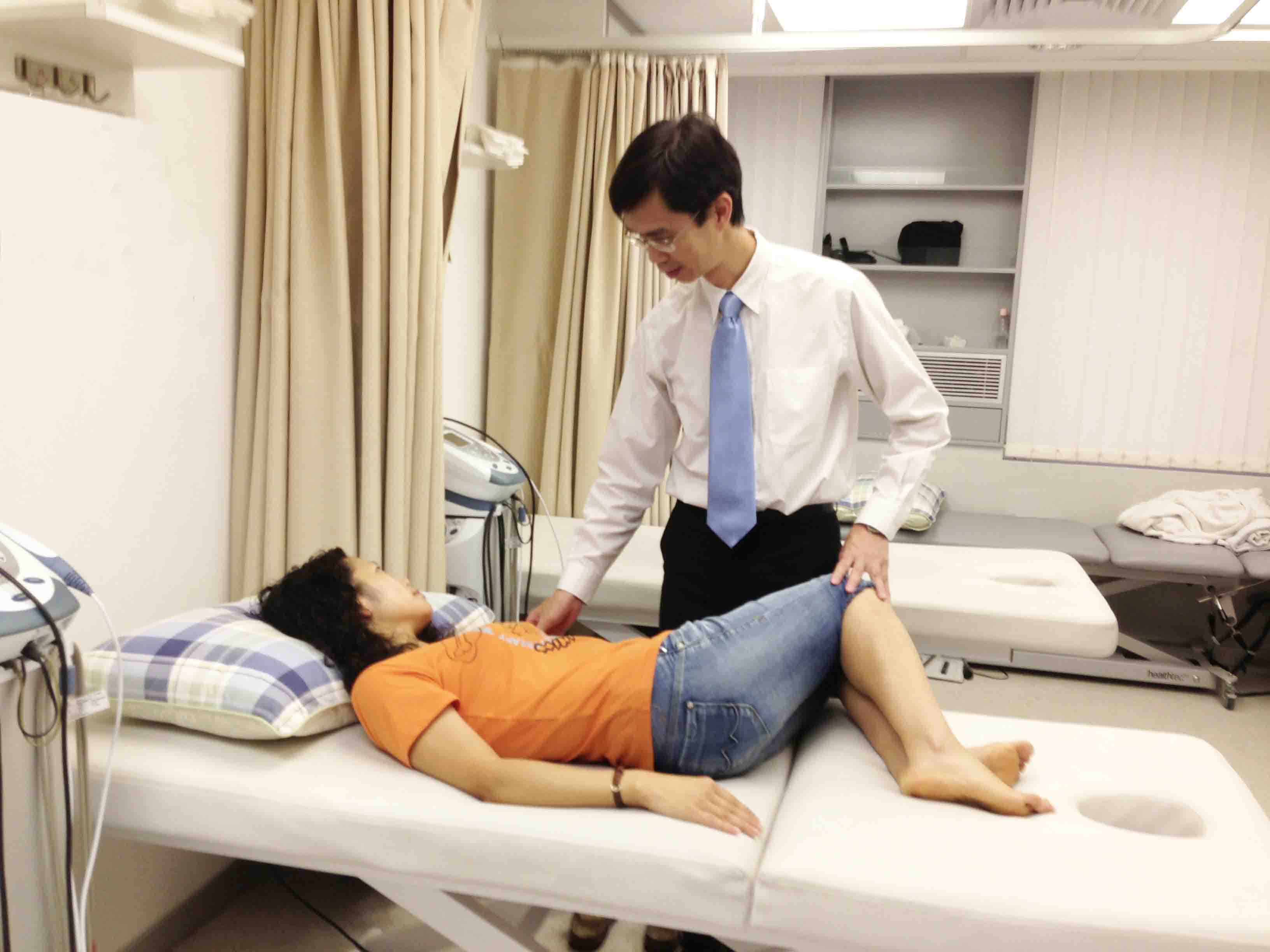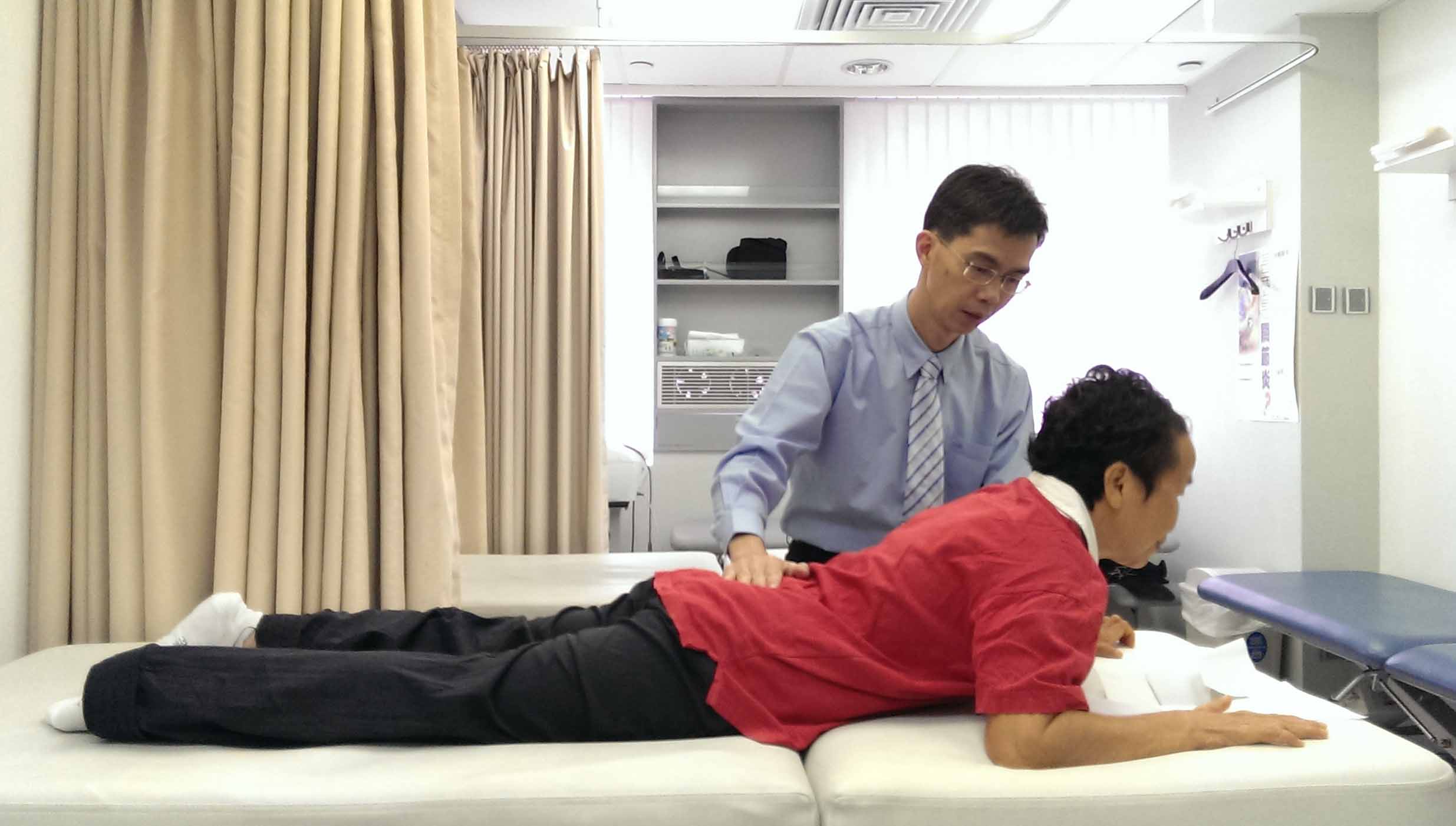
- Manual therapy
- Physical modalities
- Therapeutic Exercises
- Vestibular Rehabilitation
- Rehabilitation Equipments
Clinically manual therapy is very effective in treating chronic conditions which are prone to joint stiffness and muscle imbalance. The severity of pain will be augmented by poor posture and lack of exercises. Manual therapy can soothe the muscle spasm, desensitize the nervous painful tract and enhance circulation. Also, joint mobilization by manual therapy can break down the joint stiffness and normalize the joint alignment.
For example, our therapy not only address headache or neck pain directly. Instead, treatments also focus on potential origin like shoulder muscle spasm, upper back muscle imbalance, history of trauma, emotional stress, etc. This holistic approach is to identify and isolate areas of dysfunction within the body and its various systems, and how they affect each other. As the true origin of disease or discomfort is revealed, most chronic pain syndromes and intractable problems can be resolved.

Clinically ultrasound therapy is mainly utilized to treat soft tissue injury. Local application of ultrasound can enhance the soft tissue healing as well as pain relief.
Interferential therapy (IFT) / TENS
IFT / TENS is mainly applied to the painful parts with electrical current. According to the pain gate theory, the stimulation of nervous sensation will block the conduction of pain fibres, resulting in pain relief.
Traction
Either lumbar or neck traction is commonly used. Traction is applied to patients with low back pain or neck pain with or without radiation symptoms (paraesthesia, numbness, or pain). Traction can not only decompress the nerve compression or irritation but also enhance joint mobility. This will decrease low back pain or neck pain or radiation symptoms.
Hot pack
Hot pack is very useful for muscle injury with spasm. Heat can enhance the circulation of painful parts and reduce the pain.

(1) Strengthening Exercises
The muscles are vulnerable to atrophy or imbalance because of pain or operation. Our joints cannot get enough support from muscles in order to maintain our normal activities of living. Hence, strengthening exercises can increase the muscle power and normalize the muscle imbalance. This results in reduction of pain and normalization of daily life.

The muscles and joints, especially chronic conditions, are prone to tightness and stiffness when there is pain. This will trigger a vicious cycle. The more is stiffness, the more is pain. Stretching exercises can prevent or reduce the severity of pain through the reduction of tightness and stiffness.
Our body balance is well maintained by the sensory system (visual, vestibular and proprioception), the central nervous system and the musculoskeletal system. Balance exercises can challenge this big system so as to enhance its recovery, resulting in reduction of falls in elderly and prevention of recurrent injury.
The first one is the benign paroxysmal positional vertigo (BPPV). Patients have sudden onset of severe vertigo lasting for about 10 seconds on the change of posture, especially sitting to lying. Once the diagnosis is confirmed, manual therapy (Epley manoeuvre) is very effective in treating BPPV. Within 15-minute manoeuvre, the patient will be symptom free.
The second condition is called vestibular neuritis or dysfunction. The symptoms of dizziness, nausea or tinnitus occur after flu or infection of inner ear. The more frequent change of posture, the more dizziness the patient feels. Patients with vestibular neuritis are usually scared of change of positions, resulting in limited daily activities. This will result in poor recovery. There is strong research evidence that vestibular exercises do have great efficacy in treating patients with vestibular neuritis. With 3 weeks of exercises, patients will feel a marked progress in the relief of dizziness. The key of success is daily exercises with intentionally tolerable symptom.
The third condition is Meniere’s disease which takes longer time for vestibular exercises to be effective.
Consultation on Rehabilitation Equipments
Lumbar corsets, neck collars, insoles, knee braces, wrist braces, walking aids and TENS machines are the common rehabilitation equipments. Not everyone can adapt all the above equipments clinically. For instance, a lumbar corset may help for the acute low back pain. However, long-term reliance on the lumbar corset may invite back muscle atrophy, let alone recovery. We will provide the professional advice on the use of the equipments for you in accordance with your clinical condition.



























